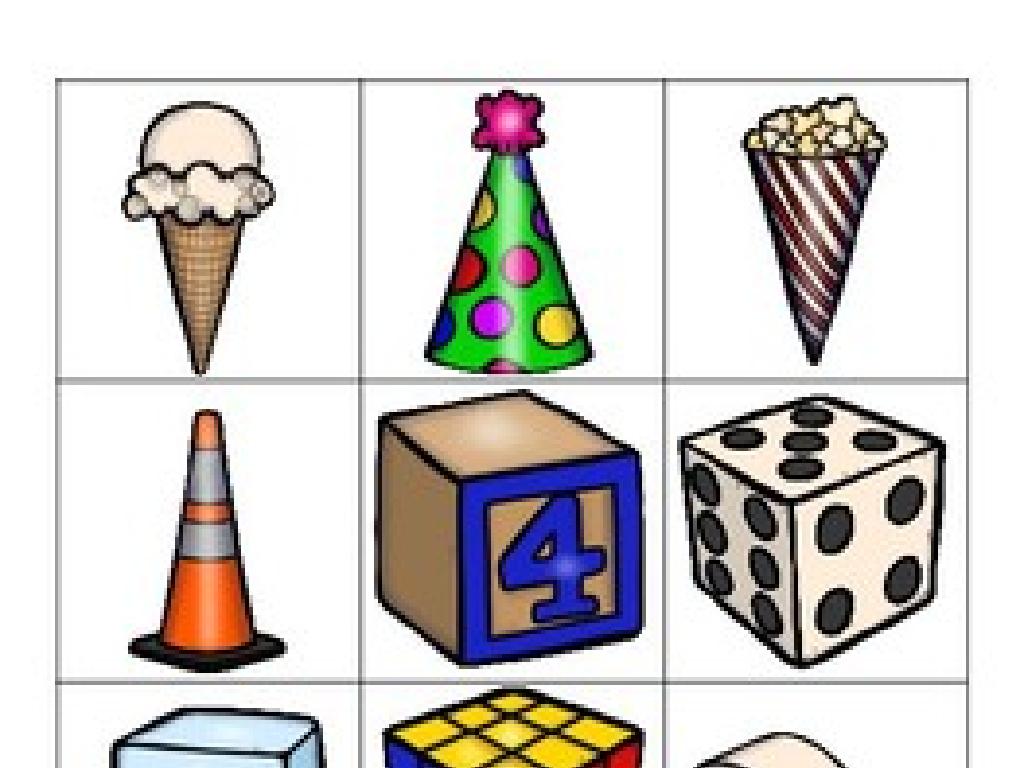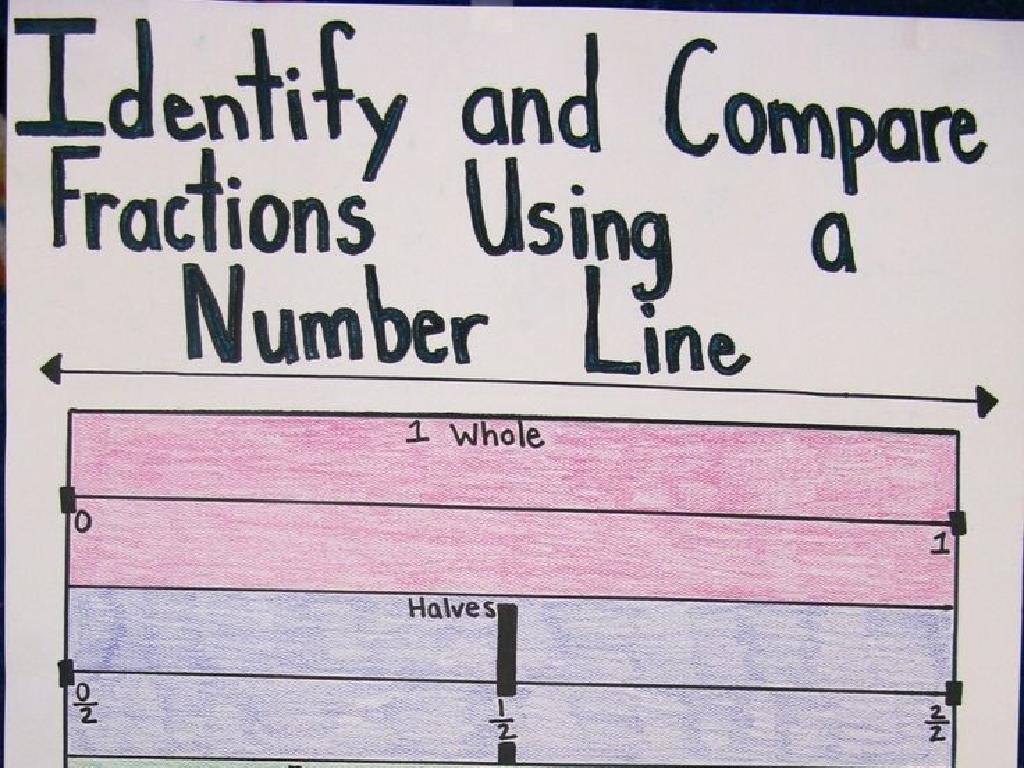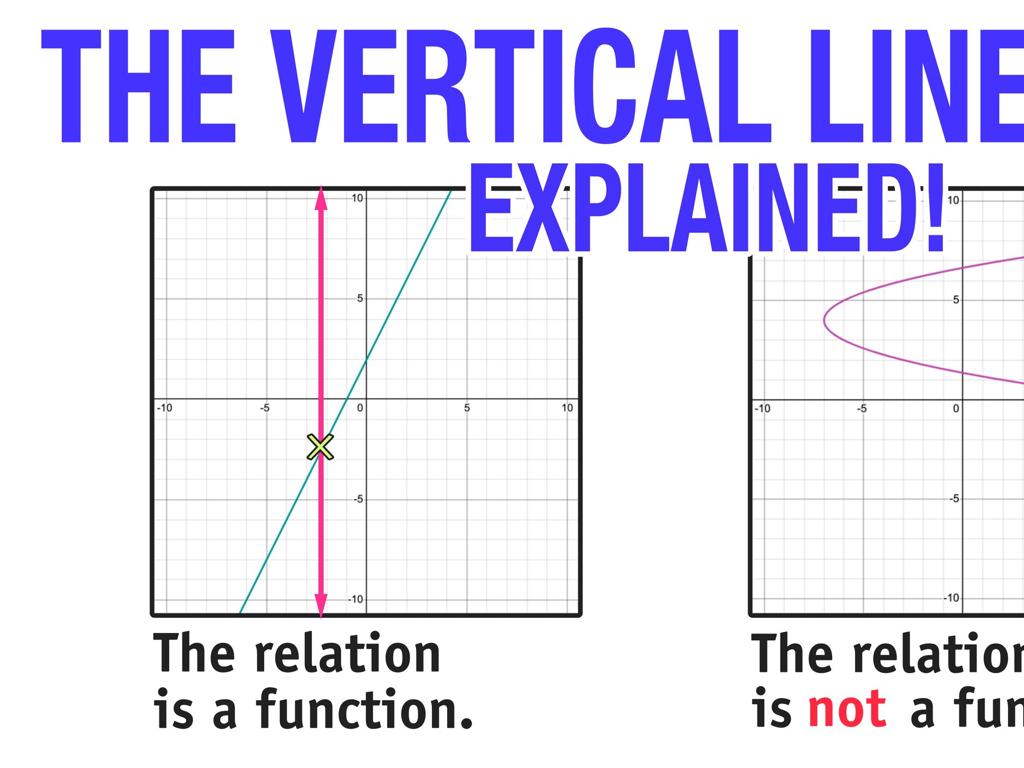Evaluate Tests Of Engineering-Design Solutions
Subject: Science
Grade: Seventh grade
Topic: Engineering Practices
Please LOG IN to download the presentation. Access is available to registered users only.
View More Content
Evaluating Engineering-Design Solutions
– Understanding engineering’s impact
– Exploring engineering design
– Engineering design is a methodical process to solve problems.
– Evaluating tests in design
– How to assess the effectiveness of design solutions through testing.
– Importance of test evaluations
– Test evaluations improve designs and ensure reliability.
|
This slide introduces students to the concept of engineering and its significance in the world around us. It provides a stepping stone to understanding the engineering design process, which is a systematic approach to problem-solving that engineers use. The focus of today’s lesson is on evaluating tests of engineering-design solutions, which is a critical step in the design process. Students will learn how to assess the effectiveness of a design solution by examining how it performs under various tests. Emphasize the importance of this evaluation phase in improving designs and ensuring that solutions are reliable and meet the intended goals. Encourage students to think critically about why testing and evaluation are essential for successful engineering projects.
The Engineering Design Process
– Define Engineering Design
– A systematic, iterative method for solving problems
– Steps: Ask, Imagine, Plan, Create, Test, Improve
– Each step is essential for developing effective solutions
– Focus on Test and Improve
– Iterative testing leads to better designs
– Why testing is crucial
– Testing validates the design, identifies flaws, and informs improvements
|
This slide introduces students to the Engineering Design Process, a foundational concept in engineering practices. Begin by defining the process as a series of steps engineers use to solve problems and create new products. Emphasize the iterative nature of the process, where each step builds upon the previous one. Highlight the ‘Test’ and ‘Improve’ steps as critical for refining designs and ensuring they meet the desired criteria. Explain that testing is not a one-time event but a cycle that leads to continuous improvement. Encourage students to think about how they can apply this process in their own projects and why each step is important for successful engineering outcomes.
The Role of Testing in Engineering
– Understanding testing importance
– Exploring types of engineering tests
– Stress tests, safety checks, and simulations
– Case study: Bridge model testing
– How engineers test scale models for strength and durability
– Learning from test results
|
This slide aims to highlight the significance of testing in the engineering design process. Emphasize to students that testing is a critical step to ensure that designs meet certain criteria and function as intended. Discuss various types of tests such as stress tests, which measure how much force a structure can withstand; safety checks, which ensure the design is safe to use; and simulations, which predict how a design will perform under different conditions. Use the real-world example of testing a bridge model to illustrate how engineers apply these tests to a tangible project. Explain that analyzing test results is essential for refining designs and fixing any issues. Encourage students to think critically about how testing affects the safety and functionality of everyday objects and structures they use.
Evaluating Engineering Tests
– Evaluating test effectiveness
– Assess if the test measures what it’s supposed to measure.
– Criteria: Reliability, Validity, Accuracy
– Reliability ensures consistent results; validity means it measures correctly; accuracy refers to the closeness to the true value.
– Case Study: Car Safety
– Look at how car safety tests determine vehicle safety and protect passengers.
– Analyzing test outcomes
|
When evaluating the effectiveness of a test in engineering design, it’s crucial to consider criteria such as reliability, validity, and accuracy. Reliability refers to the consistency of the test results over time, validity is about the test measuring what it’s intended to measure, and accuracy indicates how close the results are to the true value. Use the case study of car safety tests to illustrate these concepts. Discuss how crash tests are conducted to evaluate the safety features of vehicles, such as airbags and seatbelts, and how these tests are used to improve car designs for passenger protection. Encourage students to think critically about how these criteria apply to other tests they know or can imagine.
Improving Design Solutions
– Utilize test results for design enhancement
– Analyze data to make your design better
– Understand design as an iterative process
– Design is rarely perfect on the first try; it evolves
– Example: Paper Airplane adjustments
– Change folds, weight, or shape to improve flight
– Embrace failure as a learning tool
– Each failed test is a step towards success
|
This slide aims to teach students the importance of using test results to improve engineering designs. Emphasize that design is an iterative process, meaning it requires multiple cycles of testing and modification to perfect. Use the example of improving a paper airplane’s flight to illustrate how small changes can have a significant impact on performance. Encourage students to view each failed test as an opportunity to learn and improve, rather than as a setback. This mindset is crucial for success in engineering and science. Have students think of other examples where iterative design is used in real life, and discuss how this process can lead to innovation and breakthroughs.
Class Activity: Bridge Building Challenge
– Build a bridge using straws and tape
– Test your bridge’s weight capacity
– How much weight can your bridge hold before collapsing?
– Evaluate the test results
– Analyze why your bridge held or didn’t hold the weight
– Improve your bridge design
– Use your evaluation to make your bridge stronger
|
This activity is designed to give students hands-on experience with the engineering design process. Provide students with straws and tape to construct a model bridge. Once built, students will test the bridge’s ability to hold weight, using items like coins or small weights. After testing, students should evaluate why their bridge succeeded or failed and think about what could be improved. Offer guidance on how to reinforce structures and encourage creativity. Possible variations of the activity could include limiting the number of straws, using different materials, or competing for the strongest bridge.
Conclusion and Reflection on Engineering Design
– Sharing our testing insights
– Talk about what worked and what didn’t during testing.
– Discussing bridge design improvements
– How did feedback and test results lead to a better bridge design?
– Reflecting on real-life applications
– Consider how testing and refining are used in everyday problem-solving.
– Understanding the value of iteration
|
This slide aims to encapsulate the learning experience of testing and evaluating engineering designs, specifically through the example of a bridge-building project. Students should share their key takeaways from the testing phase, including any unexpected results and how they adapted their designs in response. Encourage them to think critically about how the skills they’ve developed such as problem-solving, critical thinking, and the ability to iterate based on feedback can be valuable in various real-life contexts, from technology to everyday decision-making. Emphasize the importance of learning from failures and the continuous improvement process in engineering and other areas of life.





